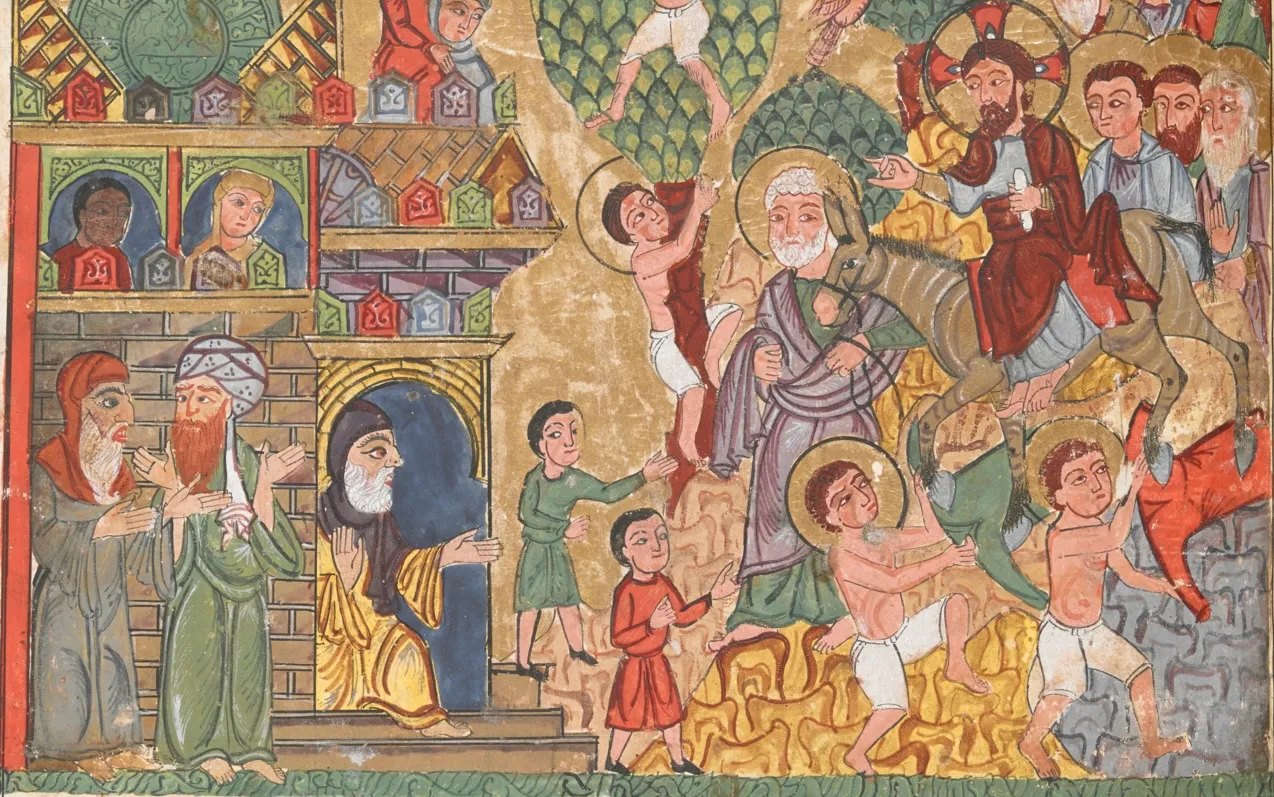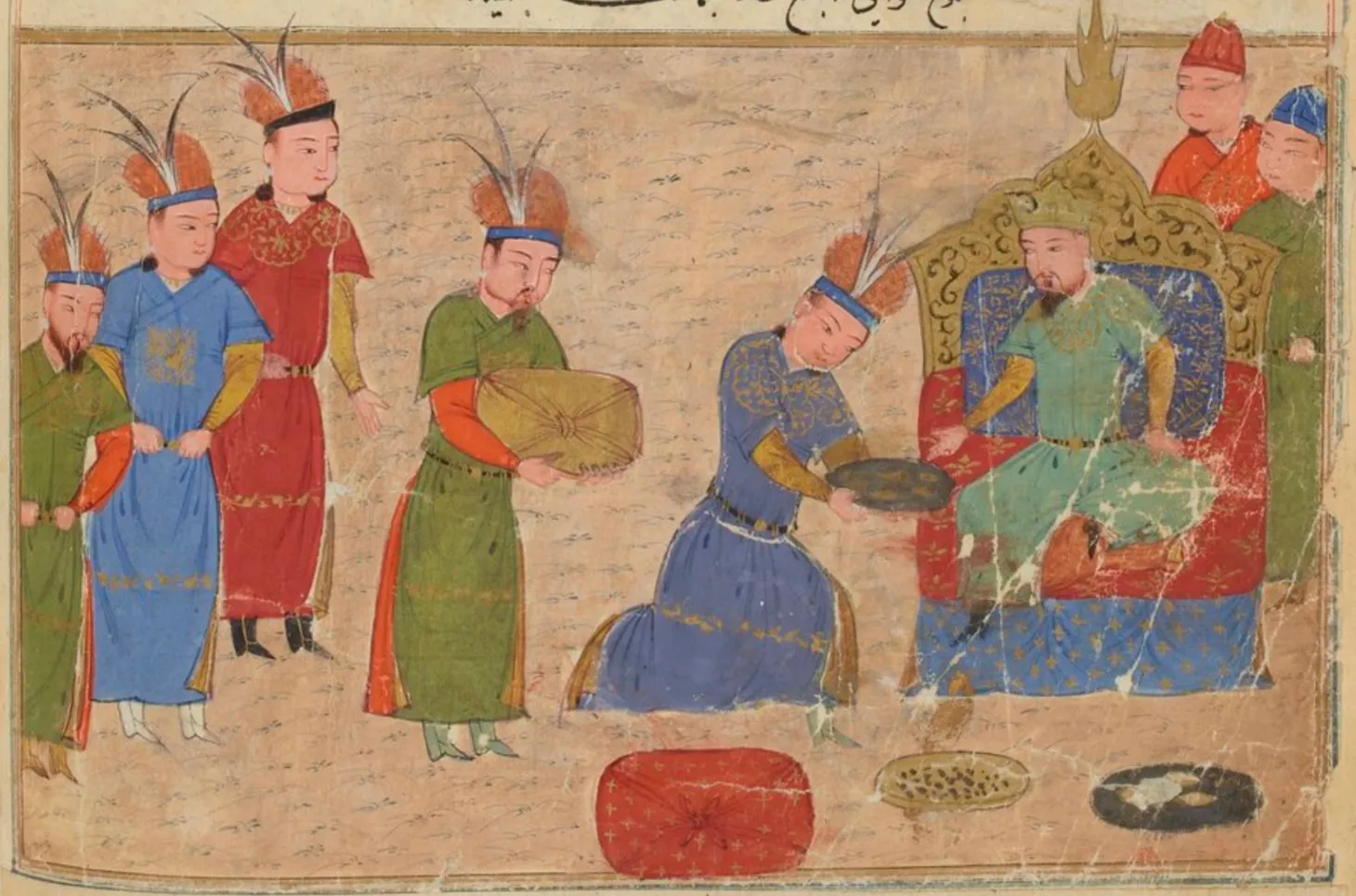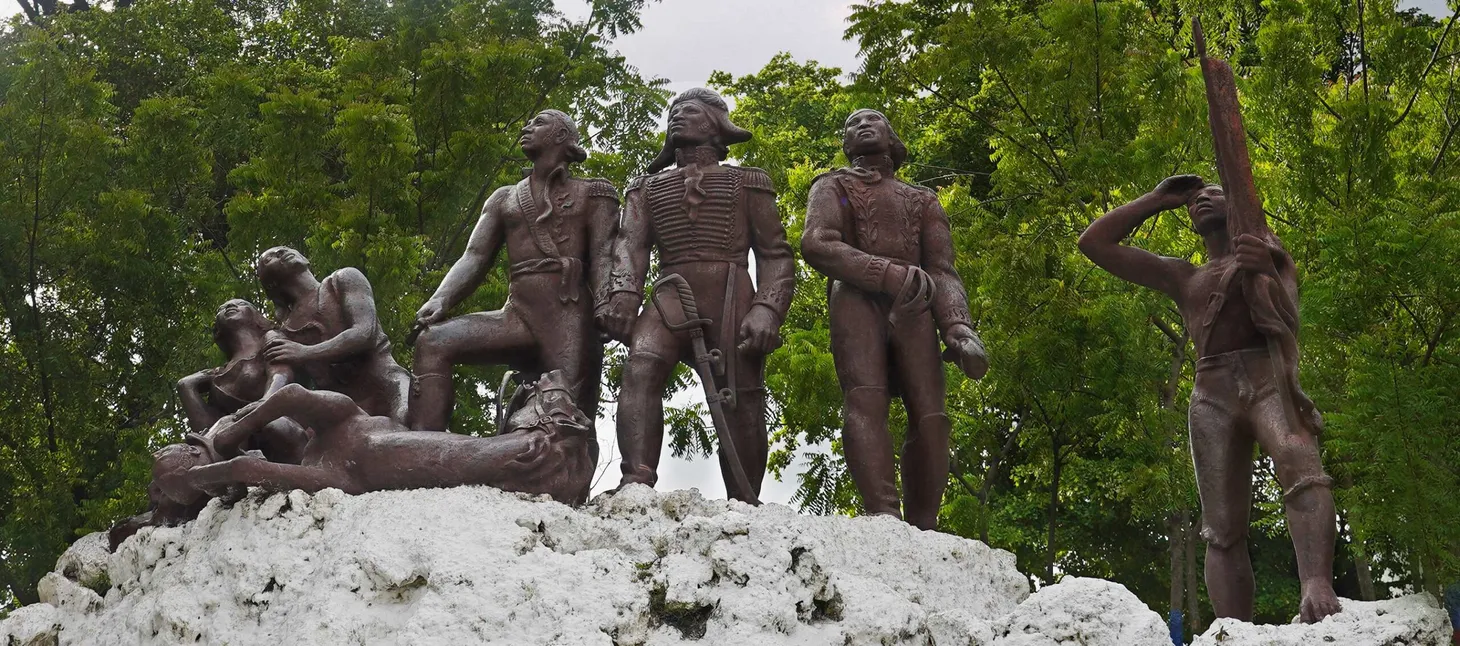“Filled with Various Races”: The Indian Ocean Exchange Network in the Long Nineteenth Century
A discussion of how to teach the Indian Ocean exchange network in the nineteenth century.
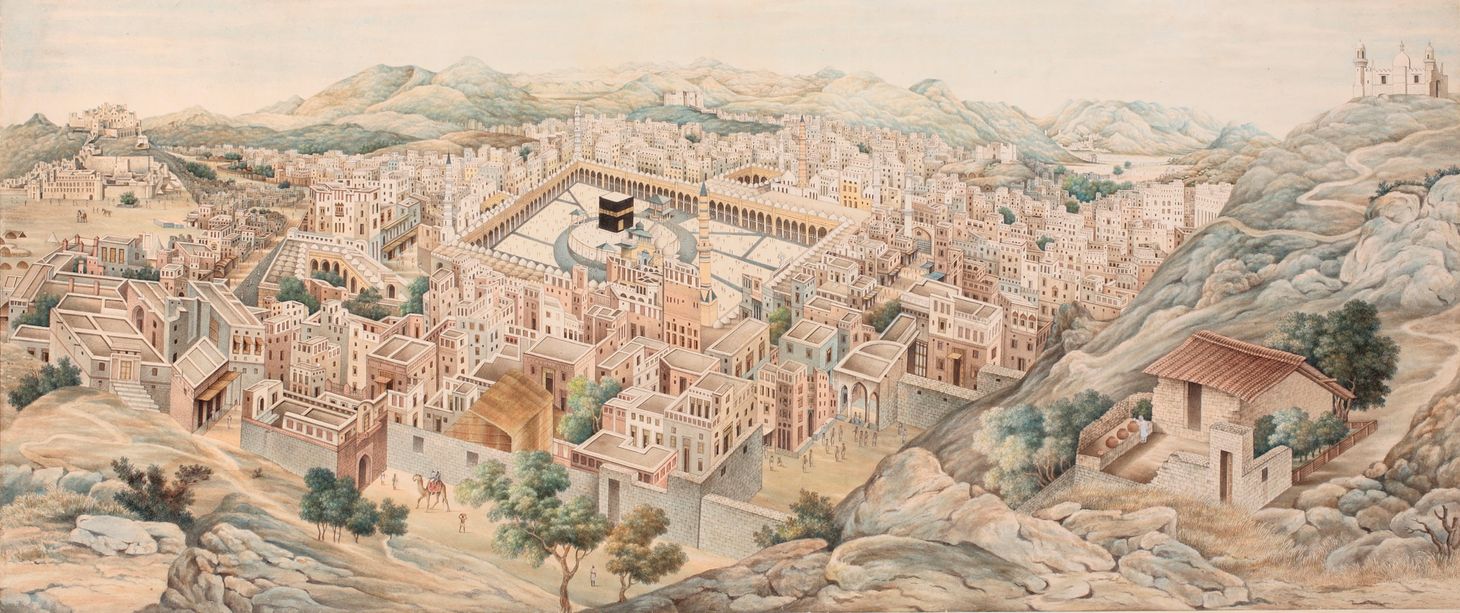
When we think about world historical processes in the nineteenth century, we often focus on political revolutions, industrialization, and imperialism. These processes were central to the development of modernity. The Atlantic and Indian Oceans, critical exchange networks in earlier eras, receive less attention in world history textbooks’ coverage of the nineteenth century. While we want students to understand the big picture, there is still value in having students understand the continued interconnectedness of the Indian Ocean in the era of European imperialism.
Instead of trying to present a comprehensive narrative of the Indian Ocean in the nineteenth century, I will highlight a few “entry points” for how we can connect the story of the Indian Ocean with the broader global story. By focusing on Amitav Ghosh’s novels, indigenous entrepreneurs, and stories of the Hajj, we can see how the Indian Ocean continued to be a closely interconnected zone that shaped the lives of its indigenous population.
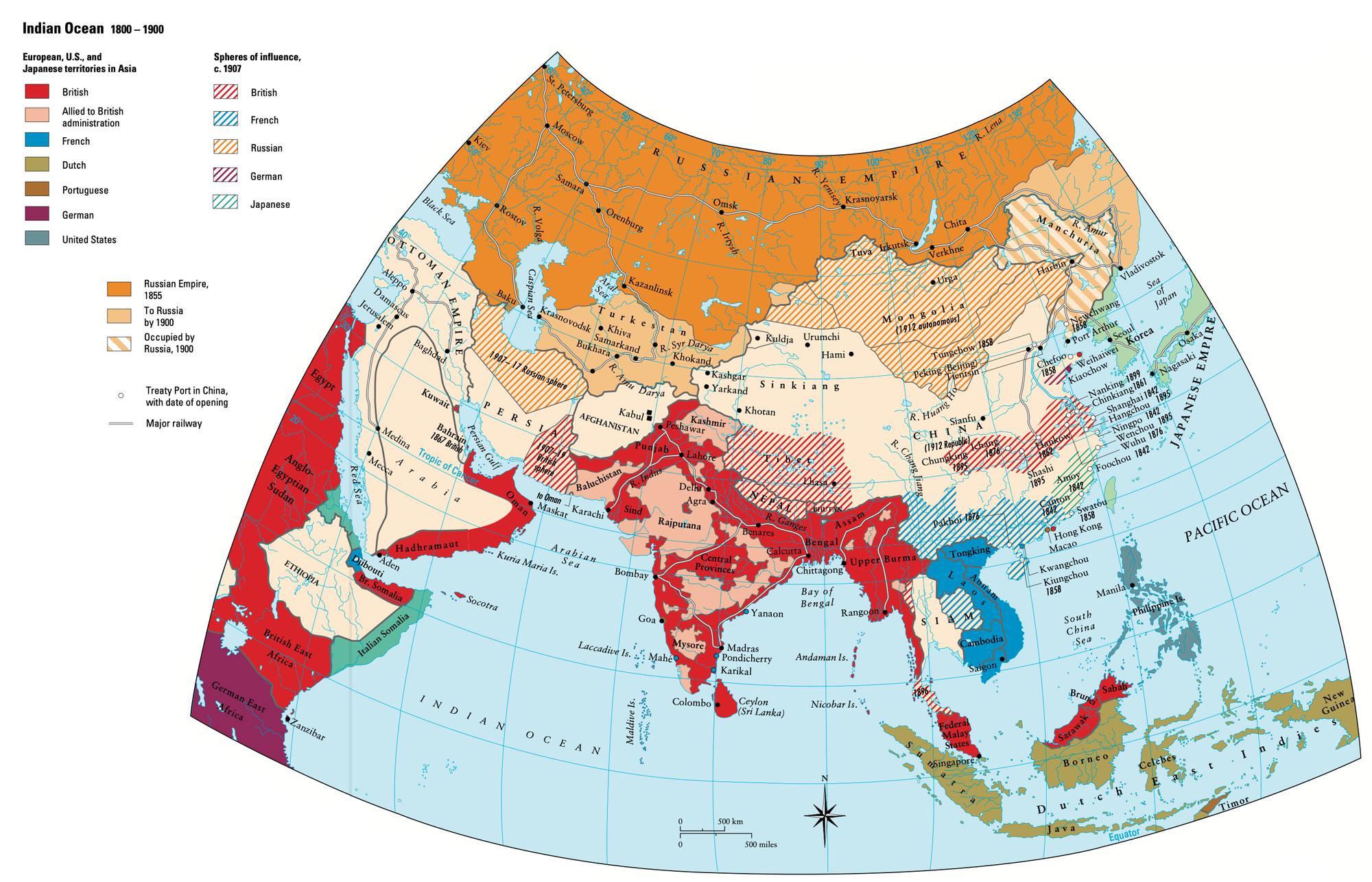
A “British Lake”?: Situating the Indian Ocean in a Global Context
This content is for Paid Members
Unlock full access to Liberating Narratives and see the entire library of members-only content.
SubscribeAlready have an account? Log in

